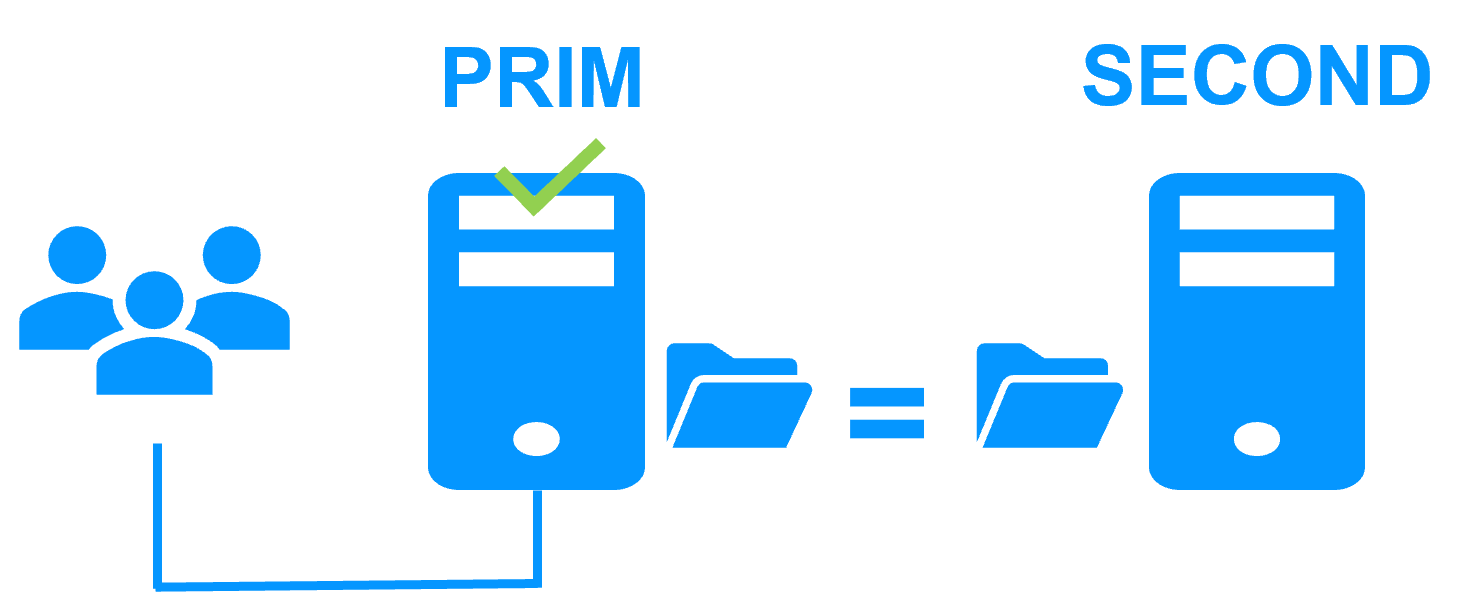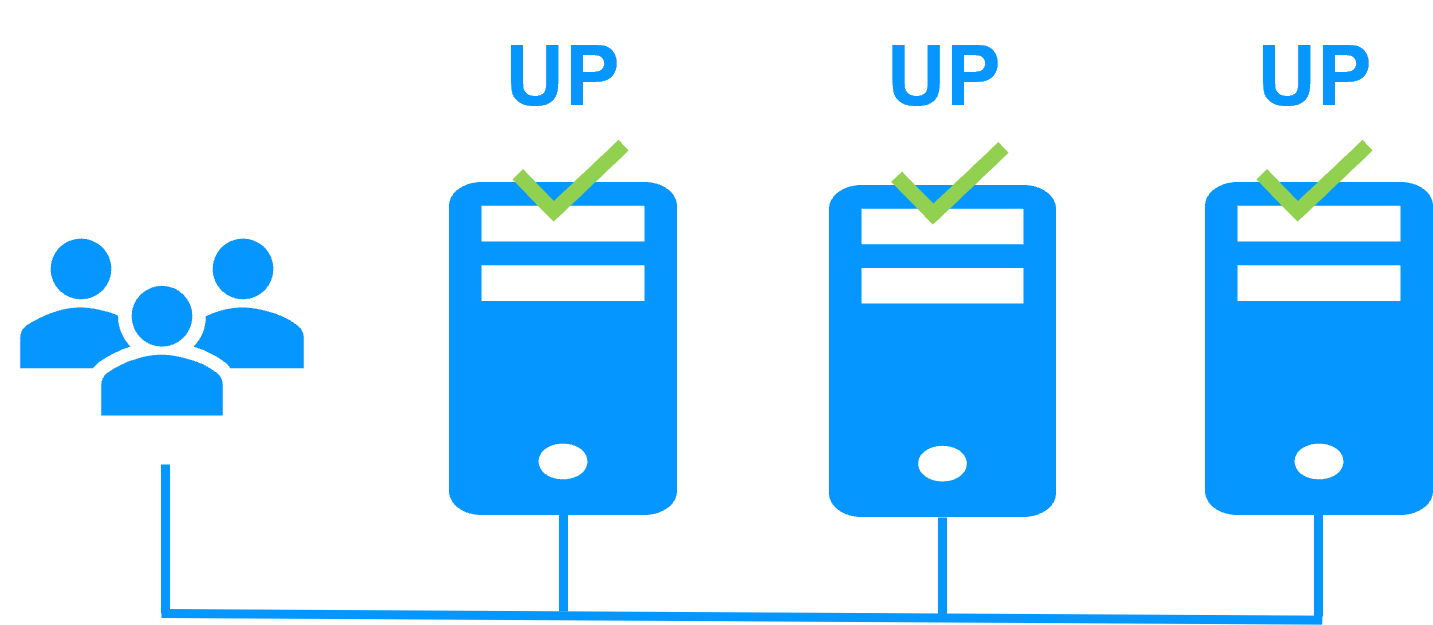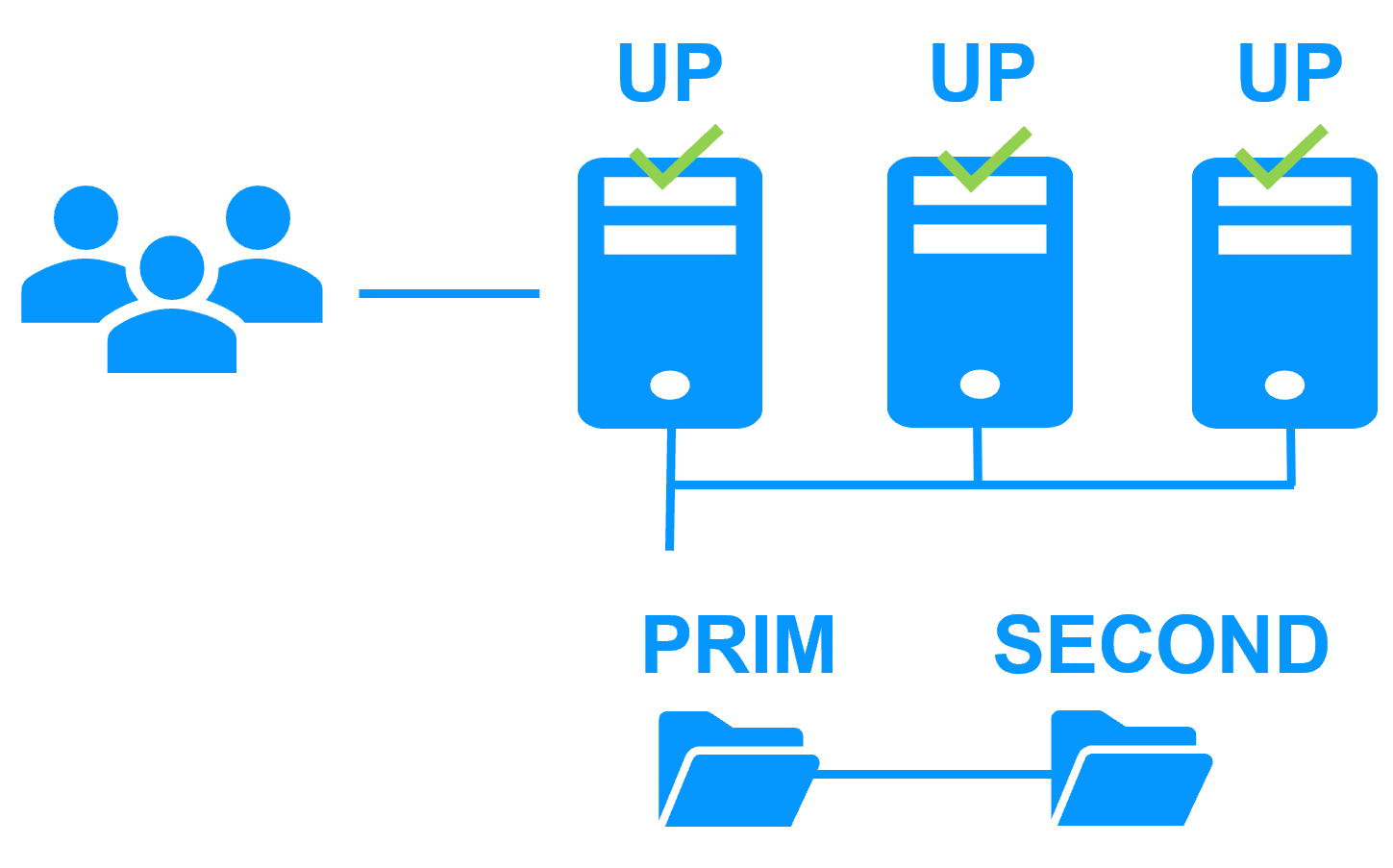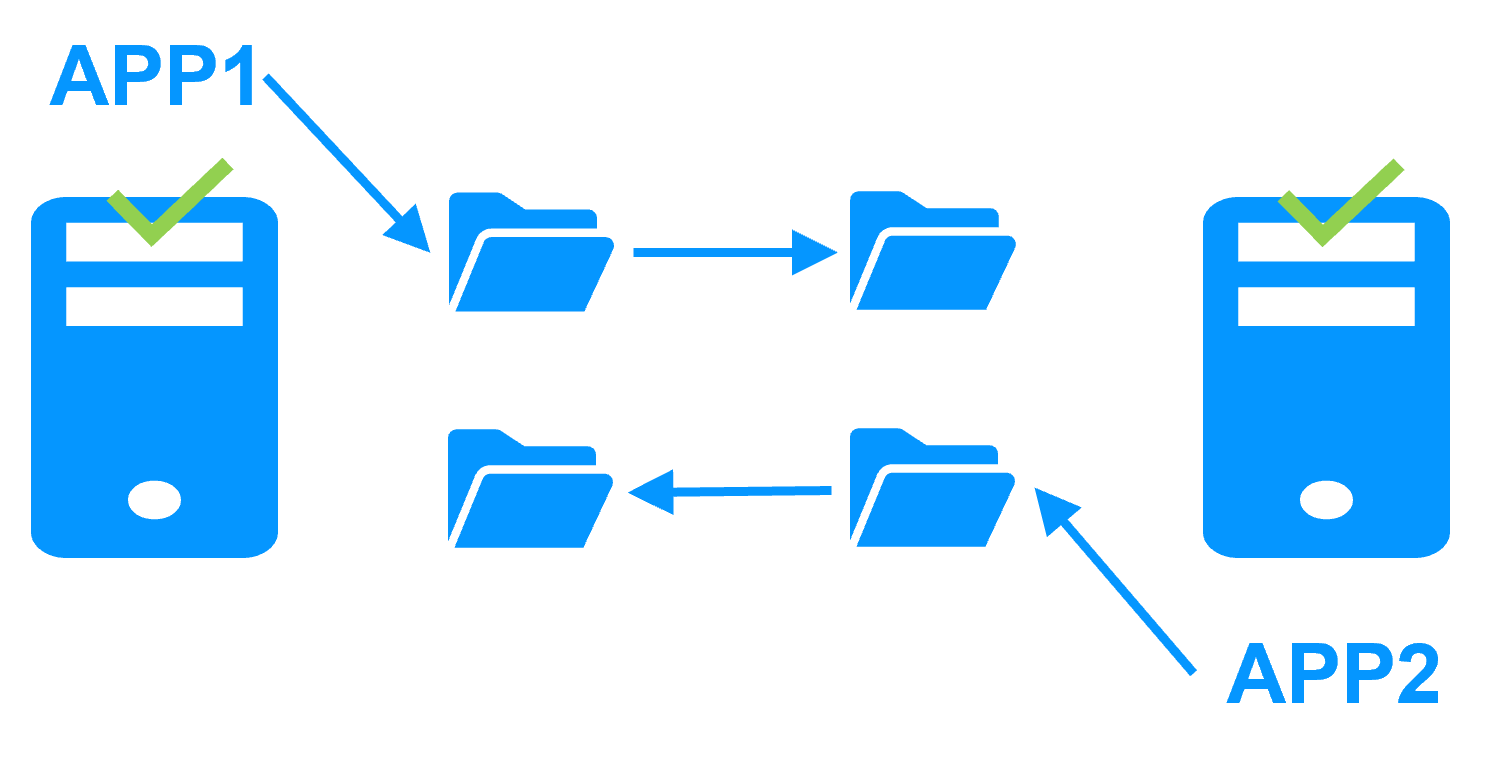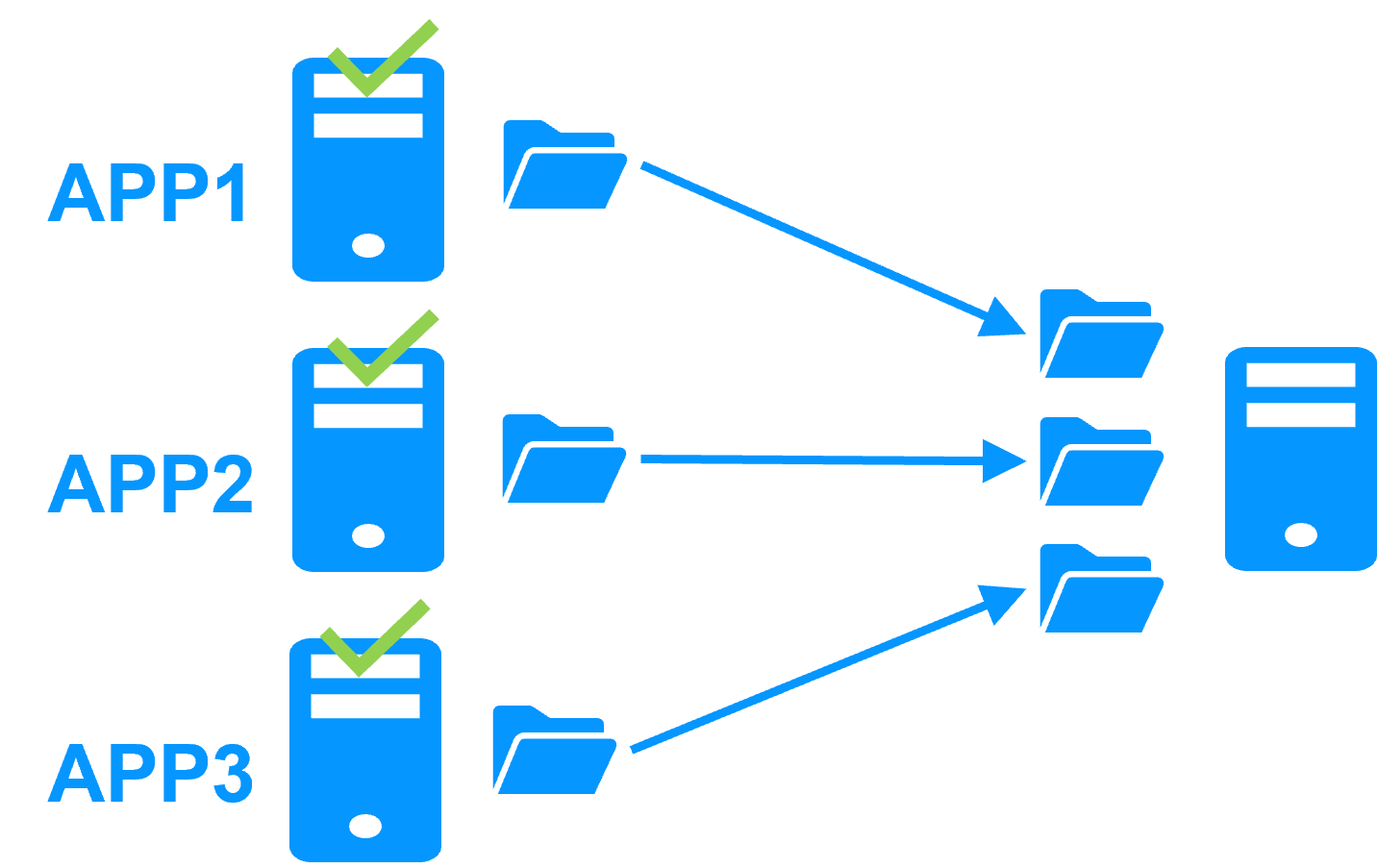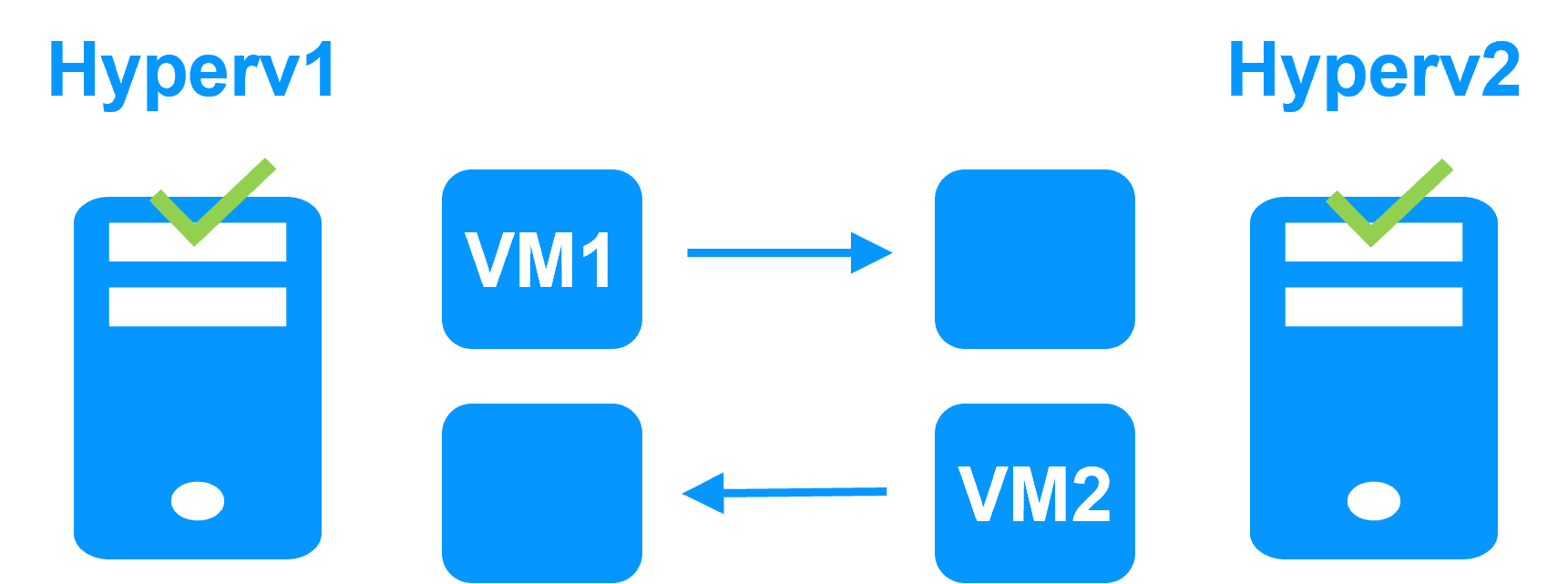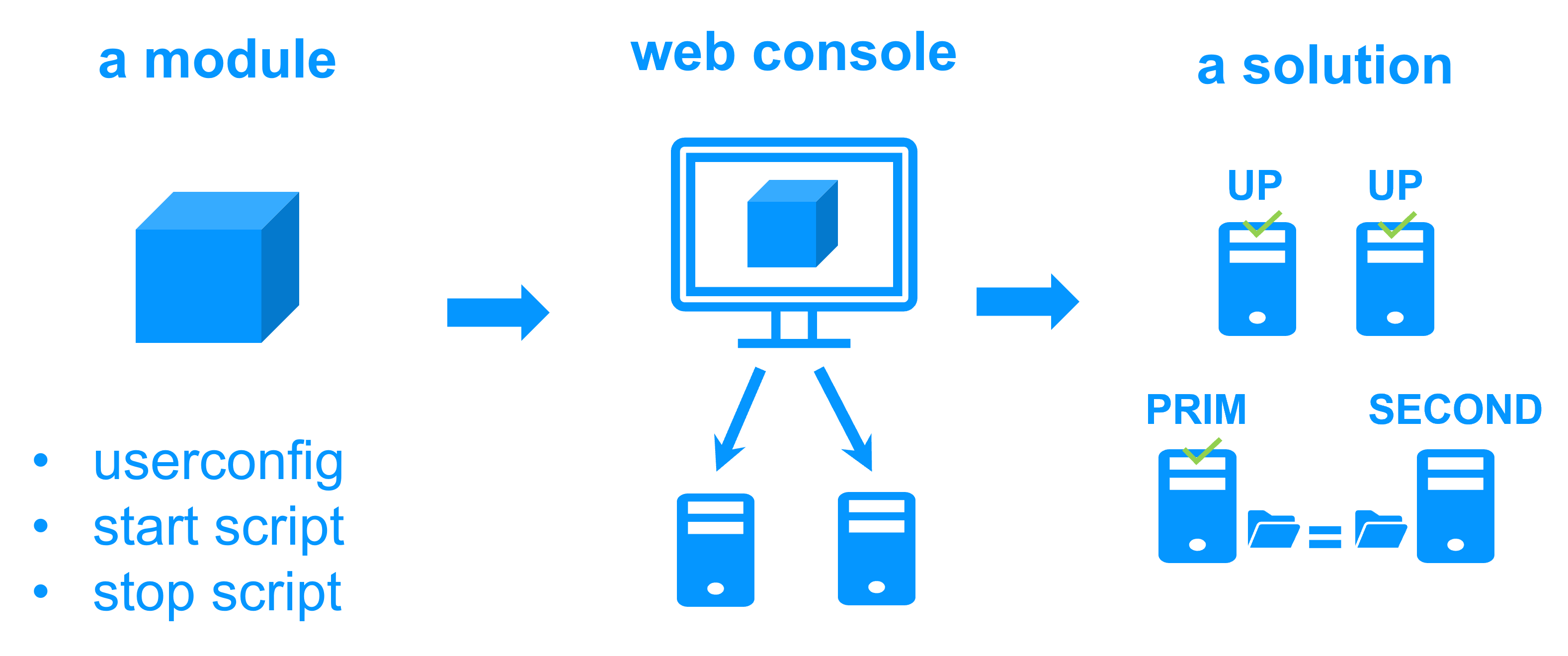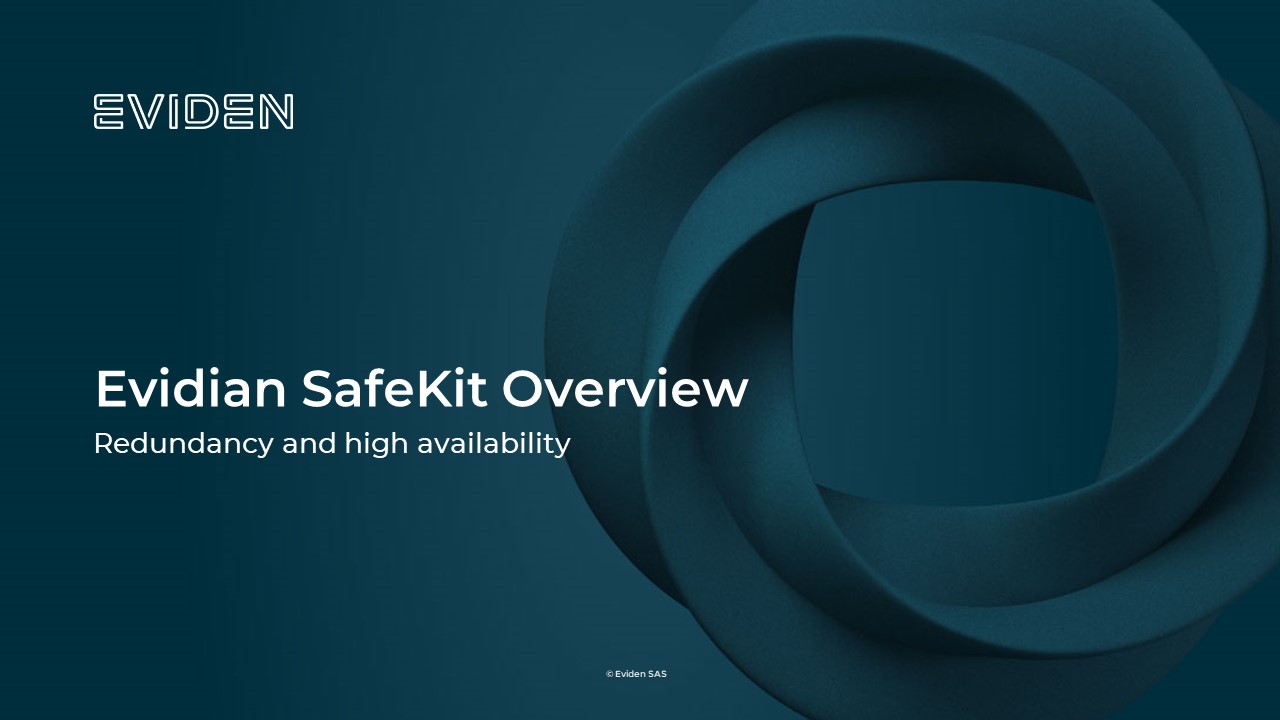Free online training on the SafeKit high availability software
Evidian SafeKit
Evidian SafeKit 8.2
All new features compared to 7.5 described in the release notes
Packages
- Windows (with Microsoft Visual C++ Redistributable)
- Windows (without Microsoft Visual C++ Redistributable)
- Linux
- Supported OS and last fixes
One-month license key
Technical documentation
Product information
Training
Introduction
-
- Demonstration
- Examples of redundancy and high availability solution
- Evidian SafeKit sold in many different countries with Milestone
- 2 solutions: virtual machine or application cluster
- Distinctive advantages
- More information on the web site
-
- Cluster of virtual machines
- Mirror cluster
- Farm cluster
Installation, Console, CLI
- Install and setup / pptx
- Package installation
- Nodes setup
- Upgrade
- Web console / pptx
- Configuration of the cluster
- Configuration of a new module
- Advanced usage
- Securing the web console
- Command line / pptx
- Configure the SafeKit cluster
- Configure a SafeKit module
- Control and monitor
Advanced configuration
- Mirror module / pptx
- start_prim / stop_prim scripts
- userconfig.xml
- Heartbeat (<hearbeat>)
- Virtual IP address (<vip>)
- Real-time file replication (<rfs>)
- How real-time file replication works?
- Mirror's states in action
- Farm module / pptx
- start_both / stop_both scripts
- userconfig.xml
- Farm heartbeats (<farm>)
- Virtual IP address (<vip>)
- Farm's states in action
Troubleshooting
- Troubleshooting / pptx
- Analyze yourself the logs
- Take snapshots for support
- Boot / shutdown
- Web console / Command lines
- Mirror / Farm / Checkers
- Running an application without SafeKit
Support
- Evidian support / pptx
- Get permanent license key
- Register on support.evidian.com
- Call desk
Partners, the success with SafeKit
This platform agnostic solution is ideal for a partner reselling a critical application and who wants to provide a redundancy and high availability option easy to deploy to many customers.
With many references in many countries won by partners, SafeKit has proven to be the easiest solution to implement for redundancy and high availability of building management, video management, access control, SCADA software...
Building Management Software (BMS)
Video Management Software (VMS)
Electronic Access Control Software (EACS)
SCADA Software (Industry)
Network load balancing and failover |
|
| Windows farm | Linux farm |
| Generic Windows farm > | Generic Linux farm > |
| Microsoft IIS > | - |
| NGINX > | |
| Apache > | |
| Amazon AWS farm > | |
| Microsoft Azure farm > | |
| Google GCP farm > | |
| Other cloud > | |
Advanced clustering architectures
Several modules can be deployed on the same cluster. Thus, advanced clustering architectures can be implemented:
- the farm+mirror cluster built by deploying a farm module and a mirror module on the same cluster,
- the active/active cluster with replication built by deploying several mirror modules on 2 servers,
- the Hyper-V cluster or KVM cluster with real-time replication and failover of full virtual machines between 2 active hypervisors,
- the N-1 cluster built by deploying N mirror modules on N+1 servers.
- Demonstration
- Examples of redundancy and high availability solution
- Evidian SafeKit sold in many different countries with Milestone
- 2 solutions: virtual machine cluster or application cluster
- Distinctive advantages
- More information on the web site
